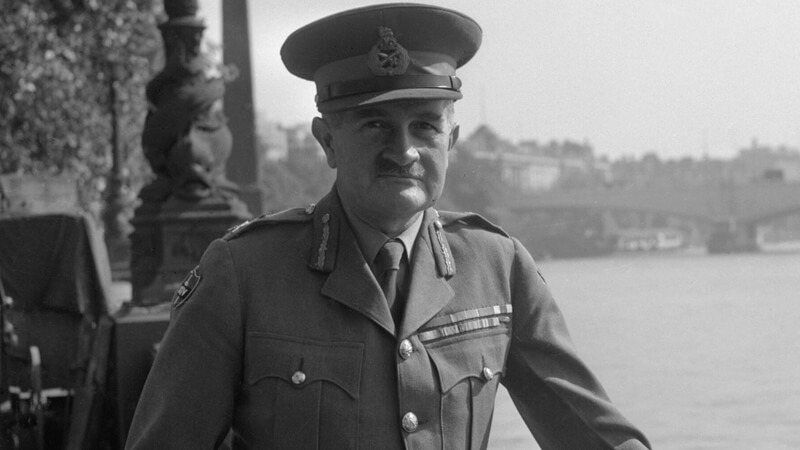Biography of Sir William Joseph Slim:- British General and Field Marshal who became the head of the Imperial Staff and Governor General of Australia.
It reached the summit of its military prestige thanks to the brilliant paper that it carried out in the Second World War: it contained the advance of the Japanese army in Burna (India) and seized of the important squares of Mandalay and Rangoon.
Biography of Sir William Joseph Slim
- Born:- 6 August 1891, Bishopston, Bristol, United Kingdom
- Died:- 14 December 1970, London, United Kingdom
- Books:- Defeat into Victory, Unofficial History
- Children:- John Slim, 2nd Viscount Slim
- Parents:- John Slim, Charlotte Tucker
- Education:- Command and Staff College, King Edward’s School, Birmingham
Civil servant at the service of the British military, after the outbreak of World War I Slim became an officer acting in the famous battle of Gallipoli, in the European part of the Dardanelles (Turkey) and in Iraq.
See Also: Biography of Rajiv Gandhi
After the conflict ended, he remained in the British army bound for India, where it was practically the entire long inter-war period.
Commander of an Indian brigade at the beginning of World War II, in 1940 Slim decisively participated in the British conquest of Italian territories in northeastern Africa.
The following year he was placed in command of the 10th Indian Division with the mission of attacking in Iraq all supporters of the collaborationist government of Vichy (France) and Adolf Hitler’s Germany.
Slim performed the mission that was perfectly commended, repressing the rebellion of Rasid Ali that same year. It also managed to contact for the first time with the Soviet allied armies in the occupation that they carried out in the east of Iran.
Due to his successful campaigns and his good work as a general, William Slim was put in charge of the First Corps of Burna in March of 1942, with which he went quickly and forced marches through 1,450 kilometers until Burna, located in the The Indian frontier in the northeast of the country, to deal with the military offensives that the Japanese were carrying out in the area, with the aggravation of having a number of troops much inferior to those of the enemy.
Appointed in October 1943 commander in chief of the 14th Army of Burma, Slim developed an original combat tactic in the jungle that made it possible to gain progressive positions to the Japanese, a campaign that culminated in the total expulsion of the Japanese army in the area Winning the bloody long battle of Imphal-Kohim in the vicinity of Burna, which took place between March and July of 1944.
The tactic that Slim used was none other than the simple but effective “guerrilla warfare”, with which he turned his men into soldiers perfectly adapted to the jungle and its disadvantages, prepared to fight and gain ground by inch to the enemy, fleeing whenever he could of the direct confrontations.
Slim’s 14th Army of Burma, known by the nicknames of “the forgotten” and “the silent”, reached an aura of legend and myth as had rarely been known in a military combat force.
Slim was able to take the squares of Mandalay and Rangoon, the latter on May 3, 1945, when the expulsion of the Japanese was secured. The brilliant performance of William Slim and his men was praised by the British prime minister himself, Winston Churchill, little given to give free praises, at the same time that was named supreme head of all the British forces in the Southeast of Asia.
The Japanese surrender, signed in August of the year 1945, aborted the plans of Slim to invade the Malay Peninsula.
After the war, William Slim reached the command of the Imperial College of Defense (1946-1947), leaving to take over the leadership of the Imperial General Staff, replacing the mythical Field Marshal Bernard Law Montgomery.
In 1949 he was appointed Field Marshal. Between 1953 and 1959, Slim was in charge of the General Government of Australia.
The following year, the Crown rewarded all its services ennobled him with the title of Viscount. Before his death, Slim left written his memoirs, published under the title Defeat into Victory.




